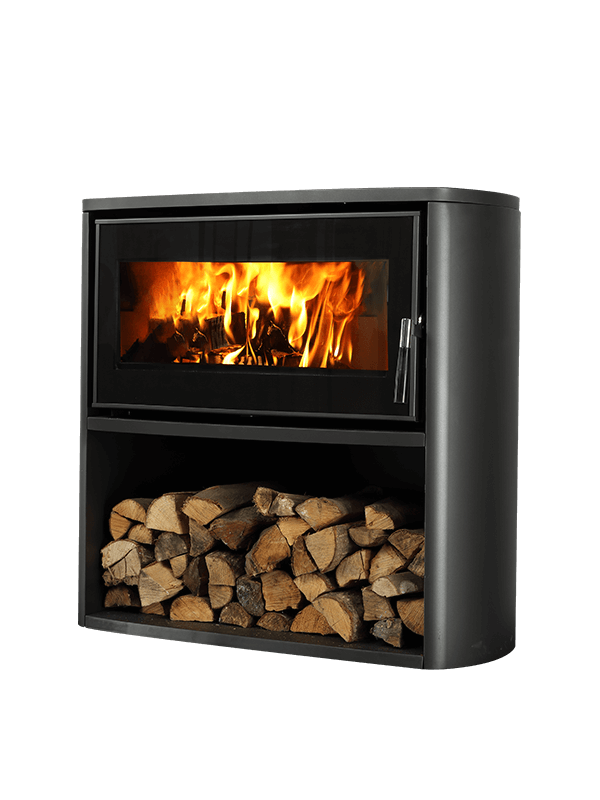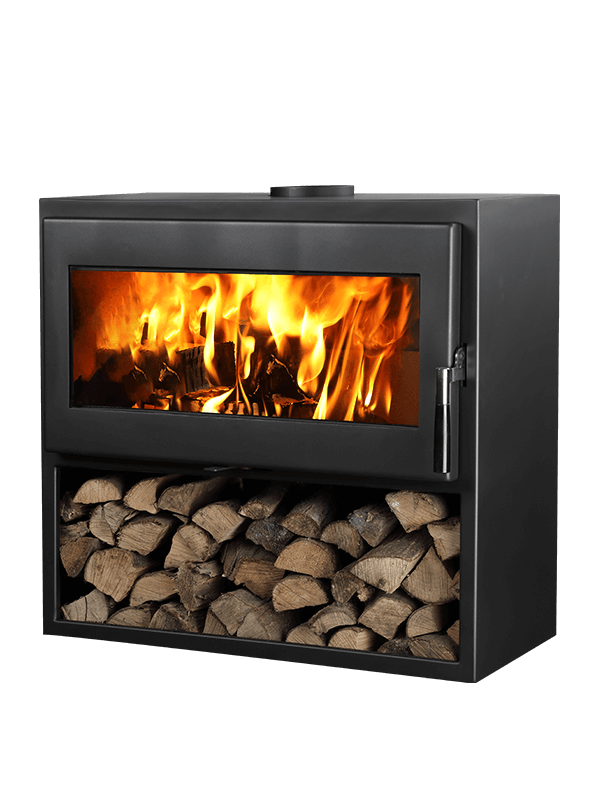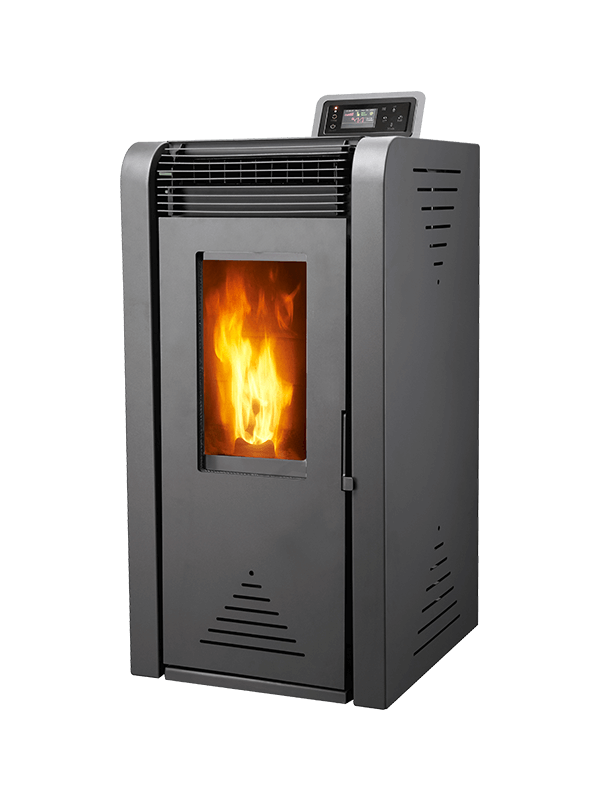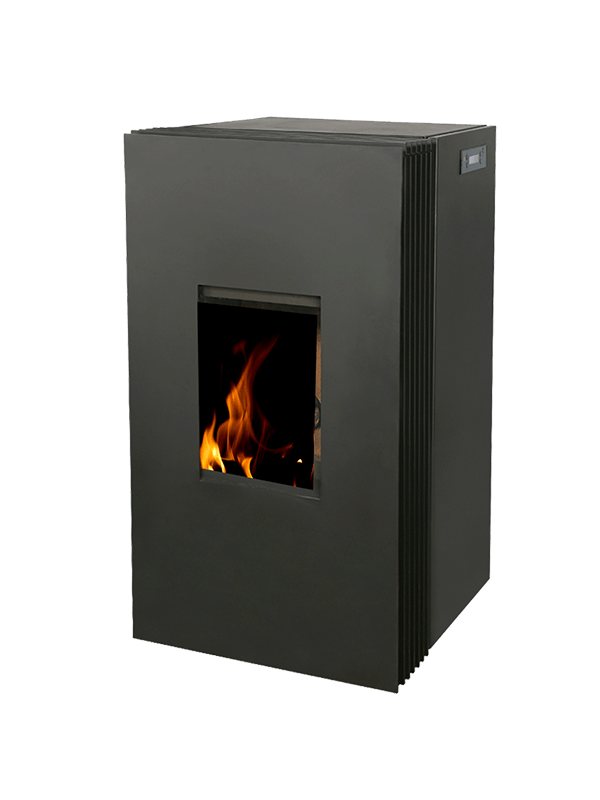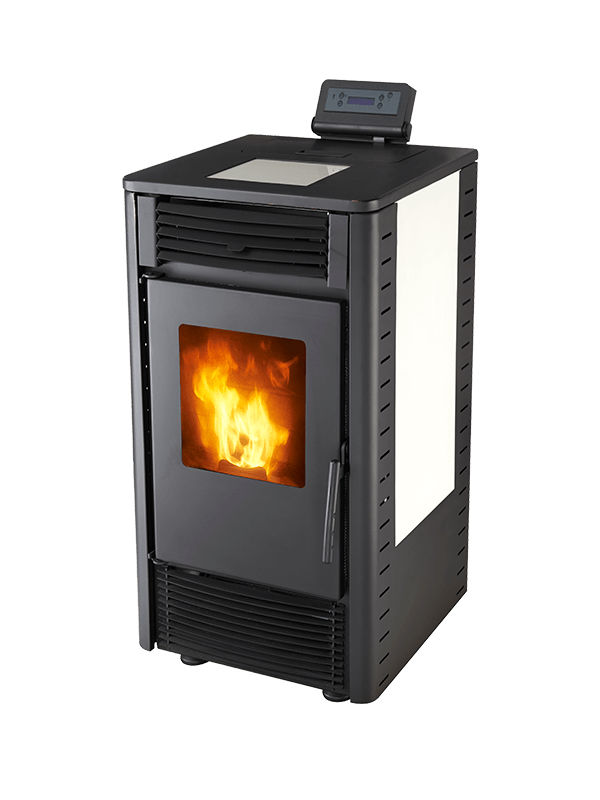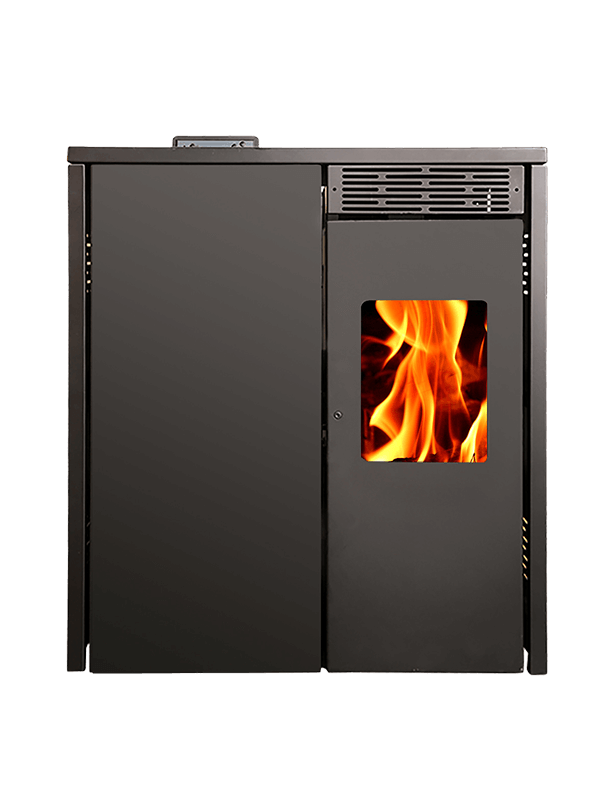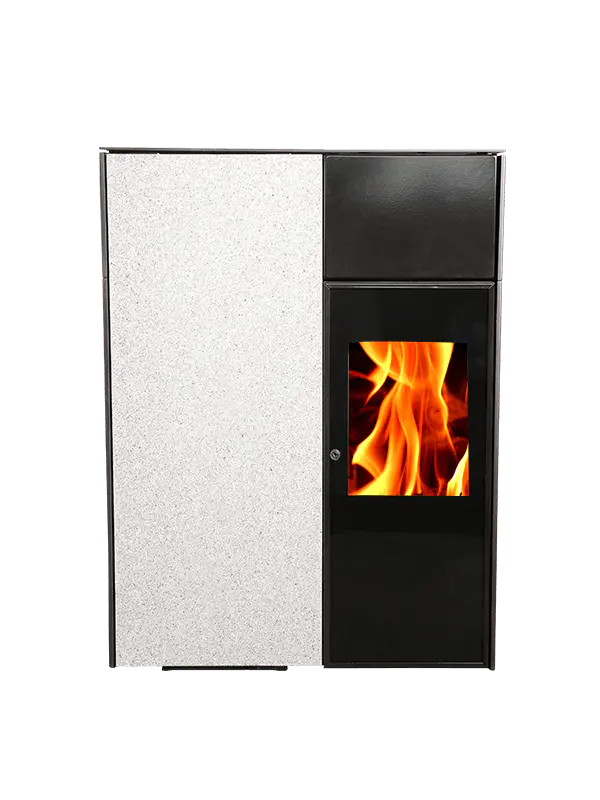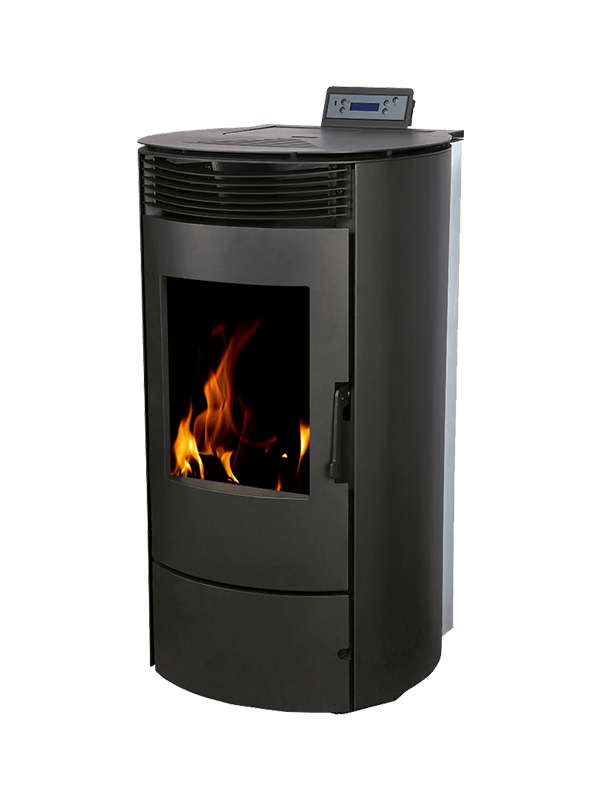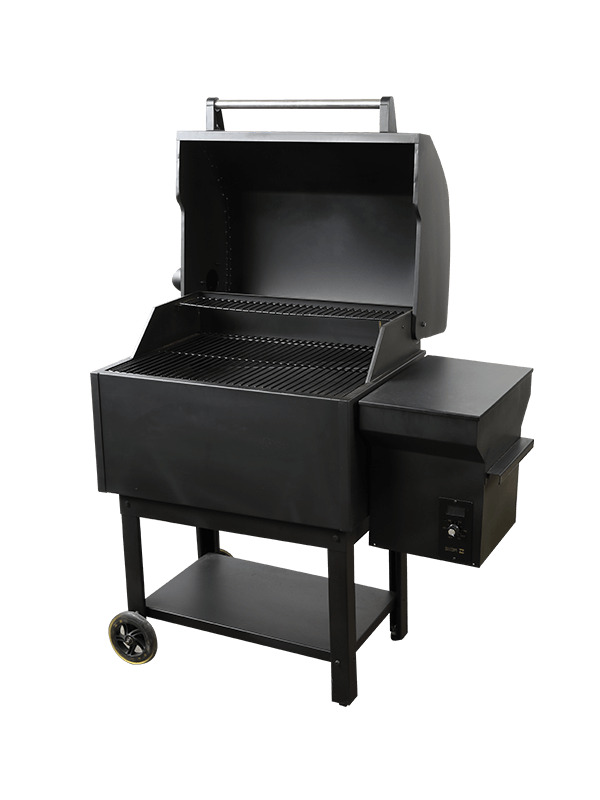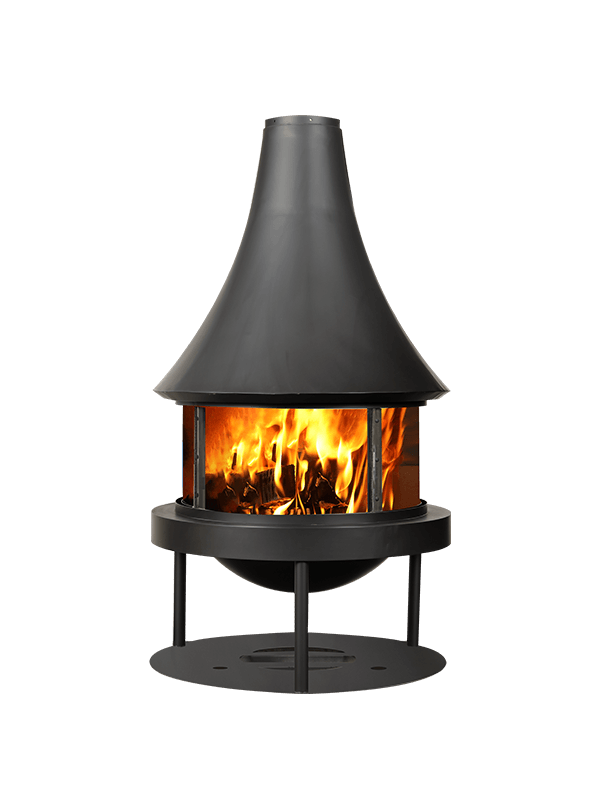Using a wood-burning stove to provide warmth and heat can be a great way to add to your home's existing heat source. It is also a great way to help reduce overall heating costs.
Wood-burning stoves can be very dangerous to your health if used improperly. They create harmful fumes that can exacerbate asthma, emphysema and heart problems. They can also cause house fires. If you have children in the home, make sure they are not close to the stove. They are especially susceptible to the effects of fumes from wood-burning stoves. They have smaller bodies and may have developing lungs.
If you are considering using a wood-burning stove in your home, make sure it meets the EPA's standards. This is especially important if your children are young. You may be surprised to learn that the EPA limits the amount of smoke produced by wood-burning stoves to 4.5 grams per hour.
Newer wood-burning stoves are certified to meet this standard. The EPA has a white label that indicates that a stove has been tested and found to meet this emission standard. Older stoves that are not certified produce anywhere from 15 to 30 grams of smoke per hour.
Newer stoves also include a turn damper in the flue pipe. These dampers allow users to control how fast or slow the exhaust gas leaves the stove. A turn damper is a circular metal disc attached to a handle. It is slightly smaller in diameter than the inside of the stovepipe, and it allows users to slow or speed up the speed of the exhaust gases. This helps to keep more heat inside the stove and reduces the amount of exhaust fumes that can leave the house.
If you are considering a wood-burning stove, make sure you have a dedicated space for storing wood. You will also need a chimney and a flue to vent the gases out of your home. You will also need to make sure that the stove is vented to an outside area, so that the gases are not re-circulated back into your home. You can also add a fan to your stove to help prevent the heat from rising to the ceiling.
Another thing to keep in mind is the materials used to build a wood-burning stove. The materials that are commonly used include cast iron, wood, and plate steel. Cast iron heats up quickly and can crack more easily than other materials. Wood can be burned, but it produces ash and creosote, which are combustible chemical residues. These can build up in the chimney and cause dangerous chimney fires.
Some wood-burning stoves also use a catalytic combustor to produce combustion. This combustor looks like a metal honeycomb, and it sits near the top of the stove. The catalytic combustor produces combustion at a lower temperature, which keeps the wood burning longer. This combustion method produces a great deal of energy, and it also helps to prevent creosote from forming.
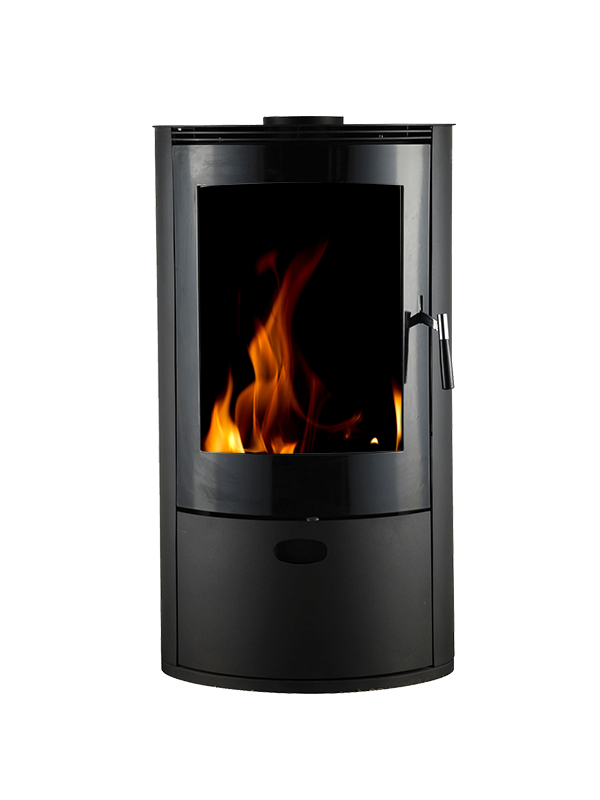
|
Height*Width*Depth
|
1103*598*498mm
|
|
Nominal heat output at maximum power (kw)
|
8kw
|
|
Nominal heat output at minimum power (kw)
|
6kw
|
|
Maximum efficiency (%)
|
75%
|
|
CO emissions@ 13% O2
|
0.435%
|
|
Room heating capacity
|
80㎡
|
|
Weight (kg)
|
140kg
|
|
Flue outlet (MM)
|
150 or 180
|
|
Flue gas temperature
|
310℃
|
|
Mass consumption of the fuel
|
2.2KG/h
|




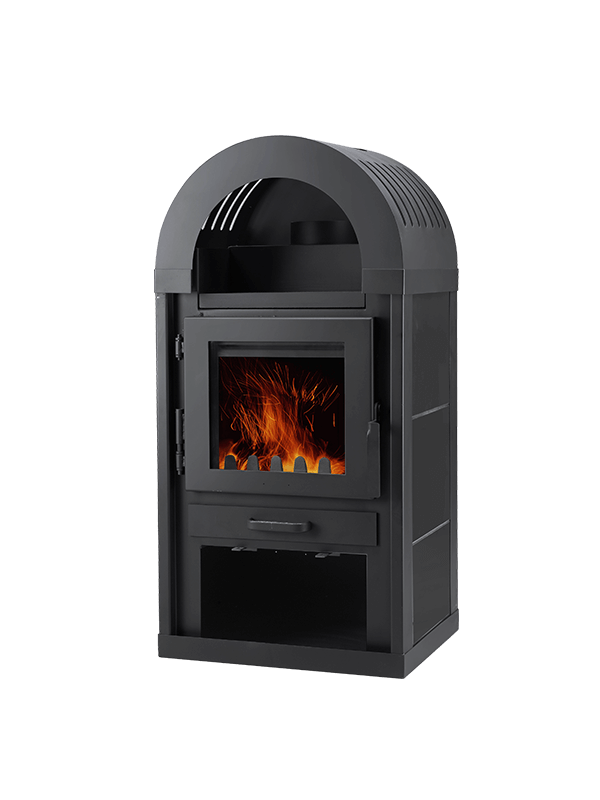
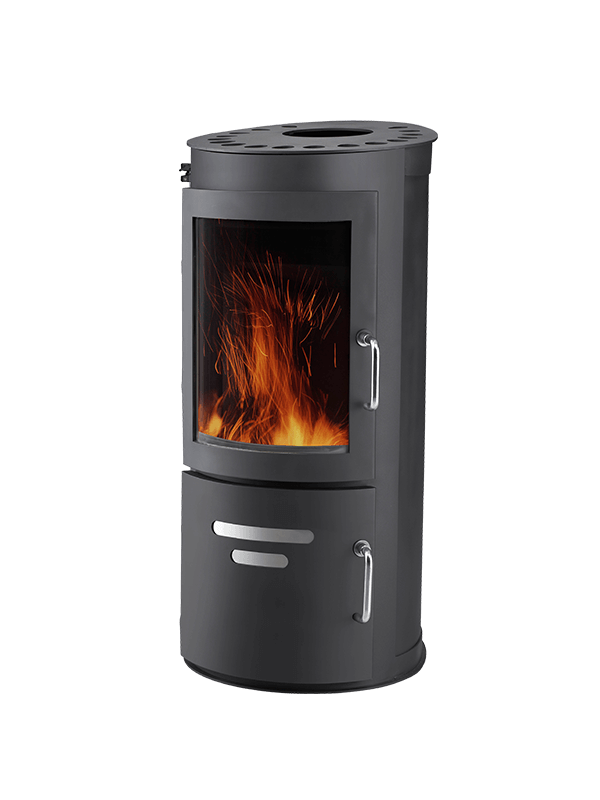
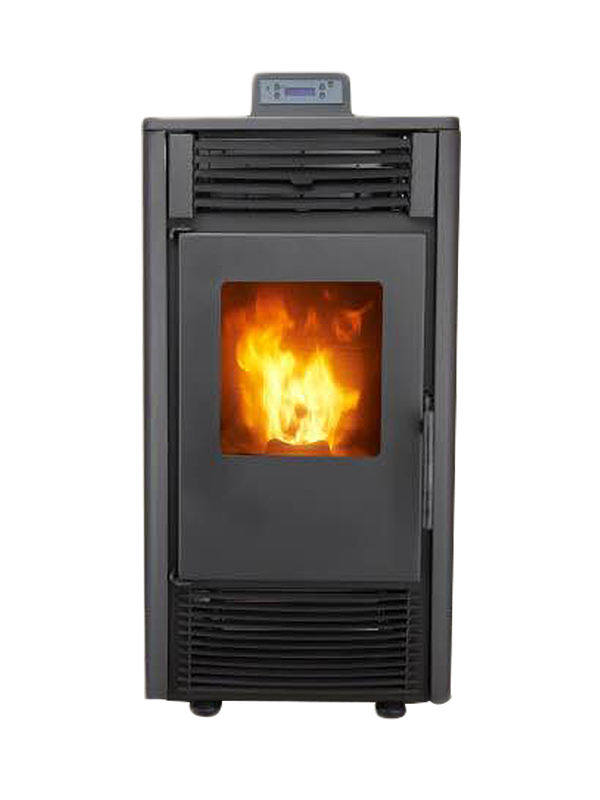
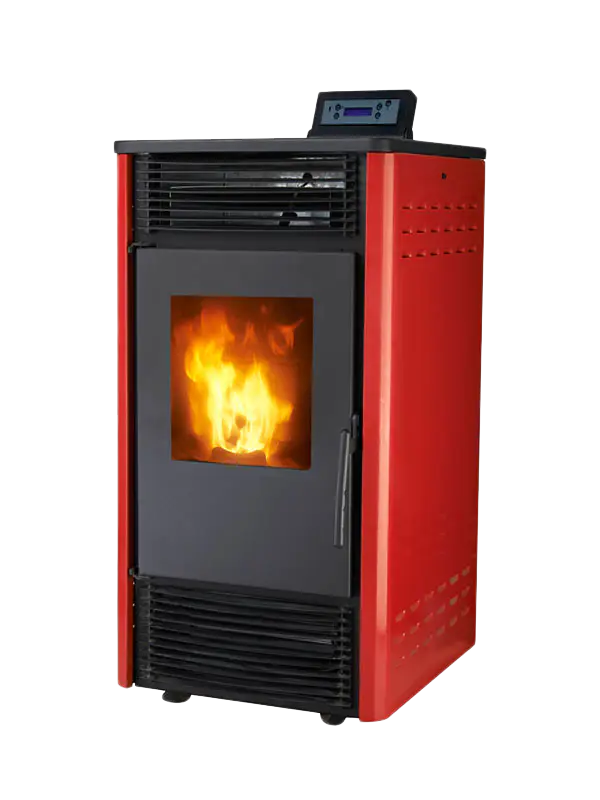
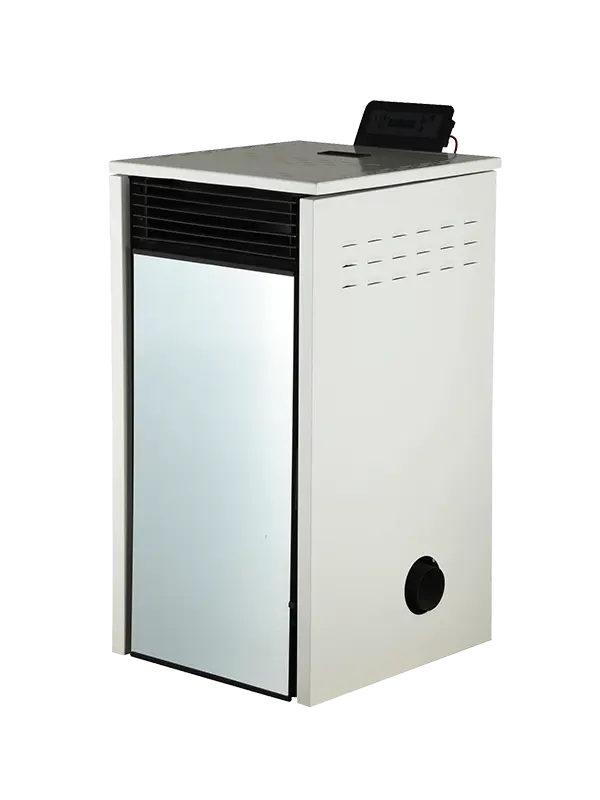
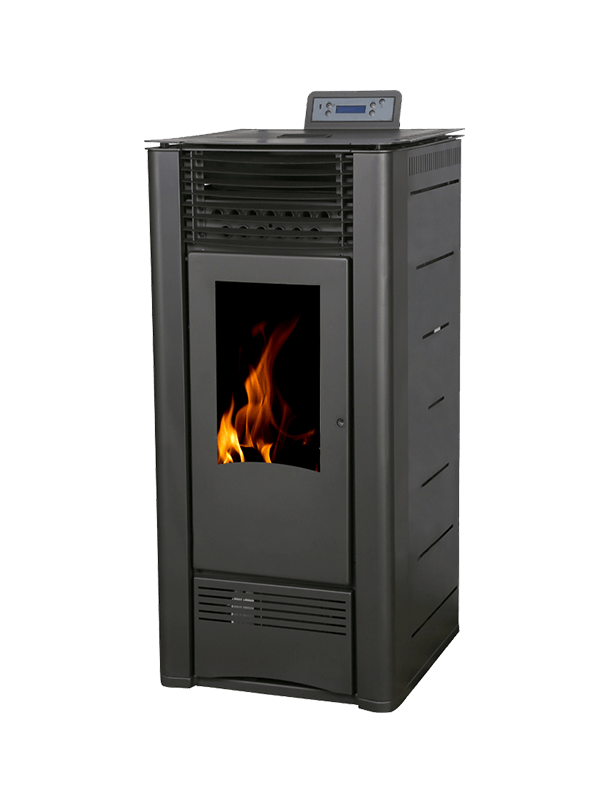
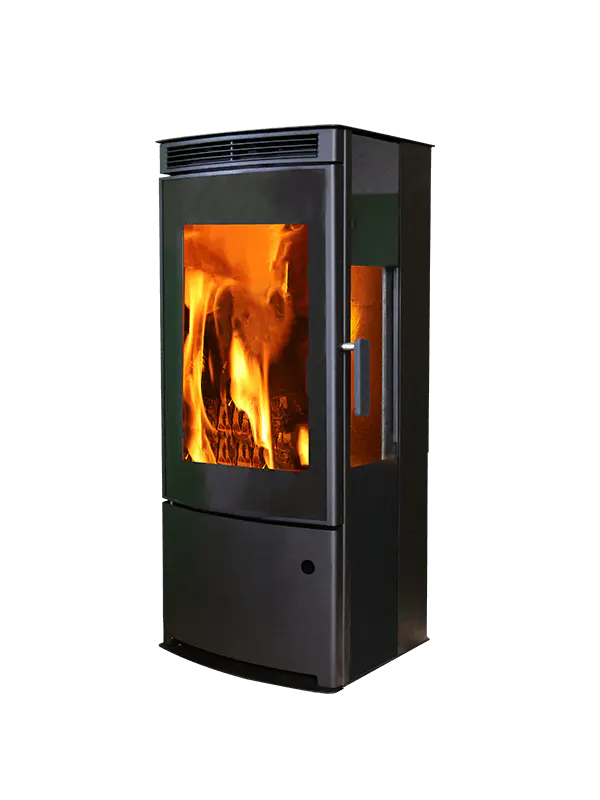
-.png)
